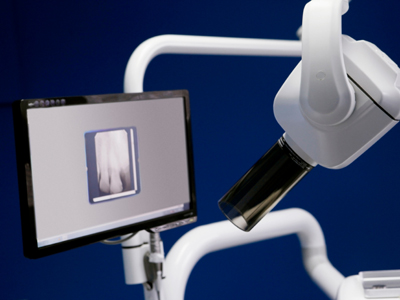

Medical Physics - Medical Applications
This Physics quiz is called 'Medical Physics - Medical Applications' and it has been written by teachers to help you if you are studying the subject at senior high school. Playing educational quizzes is one of the most efficienct ways to learn if you are in the 11th or 12th grade - aged 16 to 18.
It costs only $19.50 per month to play this quiz and over 3,500 others that help you with your school work. You can subscribe on the page at Join Us
A knowledge and understanding of physics is widely used in medical applications to provide better treatment and prevention of illness and ailments. The first to spring to mind is the use of X-rays for examining broken bones, but there are many more such as Computerized Tomography (CT) scanning machines and endoscopes. Radioisotopes can be injected or swallowed and their radioactivity can be measured from outside of the body. This enables doctors to follow how the body is working. Medical radioisotopes have short half-lives and do not emit alpha particles. Inside the human body, alpha particles are the most damaging form of radiation.
Ready for more?
not all...
quizzers. Try to win a coveted spot on our Hall of Fame Page.







